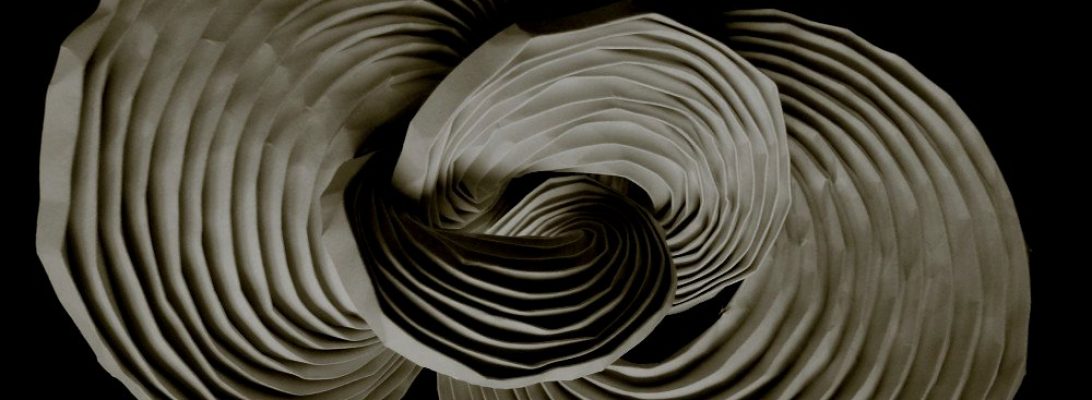Eric Joisel was a genius – his sense of fun and play was amplified by his seemingly accidental discoveries. He typified himself as a “bad folder”, but no one breathed life into paper quite like him. When cleaning out my display case, I chanced upon an ancient and beleaguered fold of an “adult” hedgehog, based on Joisel’s iconic design, and decided to fold a replacement:

Looking through notes Eric himself left about the “Baby Hedgehog”, I discovered his “design” was really an algorithm – do it on a 16 grid and you get a baby, do it on a 32 grid and you get an adult – it is an algorithm because the method of raising a quill is repeated along a row. The method of adding another rank of quills is the same. Baby hedgehogs have 5 ranks of quills, an adult had 9. The leg formation, head and tail formation on both models is the same … the instructions are algorithmic.
I set about using some of a red roll I bought off Amazon (for something else, then changed my mind) – it is a scant 60cm square. It is red both sides, and takes folds quite well. You lay a 16 grid or alternate mountain/valley folds. then Diagonal grids alternating mountain and valley – this has the side-effect of, mostly, orienting all the creases you need for the base correctly. Nice.

The first rank of quills to set is the middle line. You lay as many pre-rank pleats as the model dictates before forming the first row of quills, then, it is a simple zig zag squash/collapse. Raising subsequent ranks all use the same method – popping points by liberating an internal pleat and reversing a point that is hugging the previous line of quills.
I remember being bamboozled by the collapse back when I first did it over a decade ago, but with experience you can see the process, anticipate what needs to mode and achieve each point without stressing the surrounding paper- very satisfying. Once all ranks of quills are raised, the side fans are box-pleated in half to form front/back legs. You then do something Joisel terms “True 3D”, where the body is curved via gentle stretching of the points – this subtly alters the inner gussets and locks the body in a domed shape – it takes time and a gentle tough not to distort and damage the paper – the effect is lovely however.
Continue reading




























